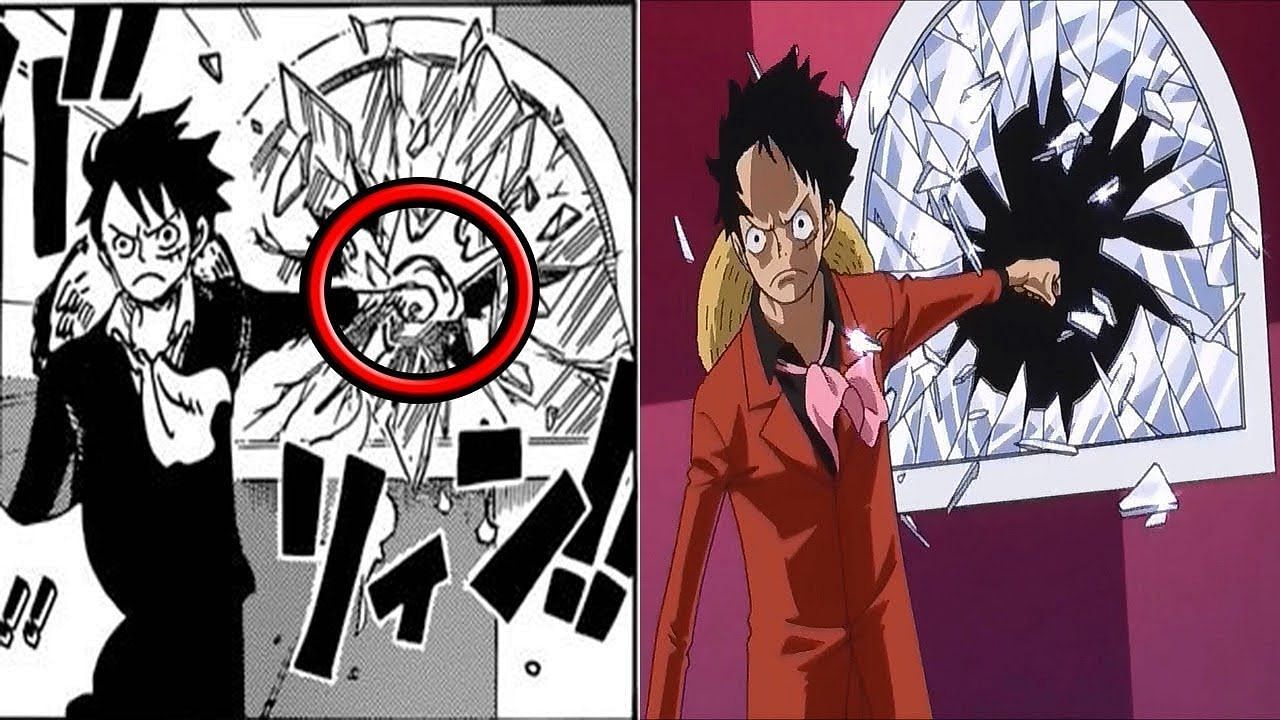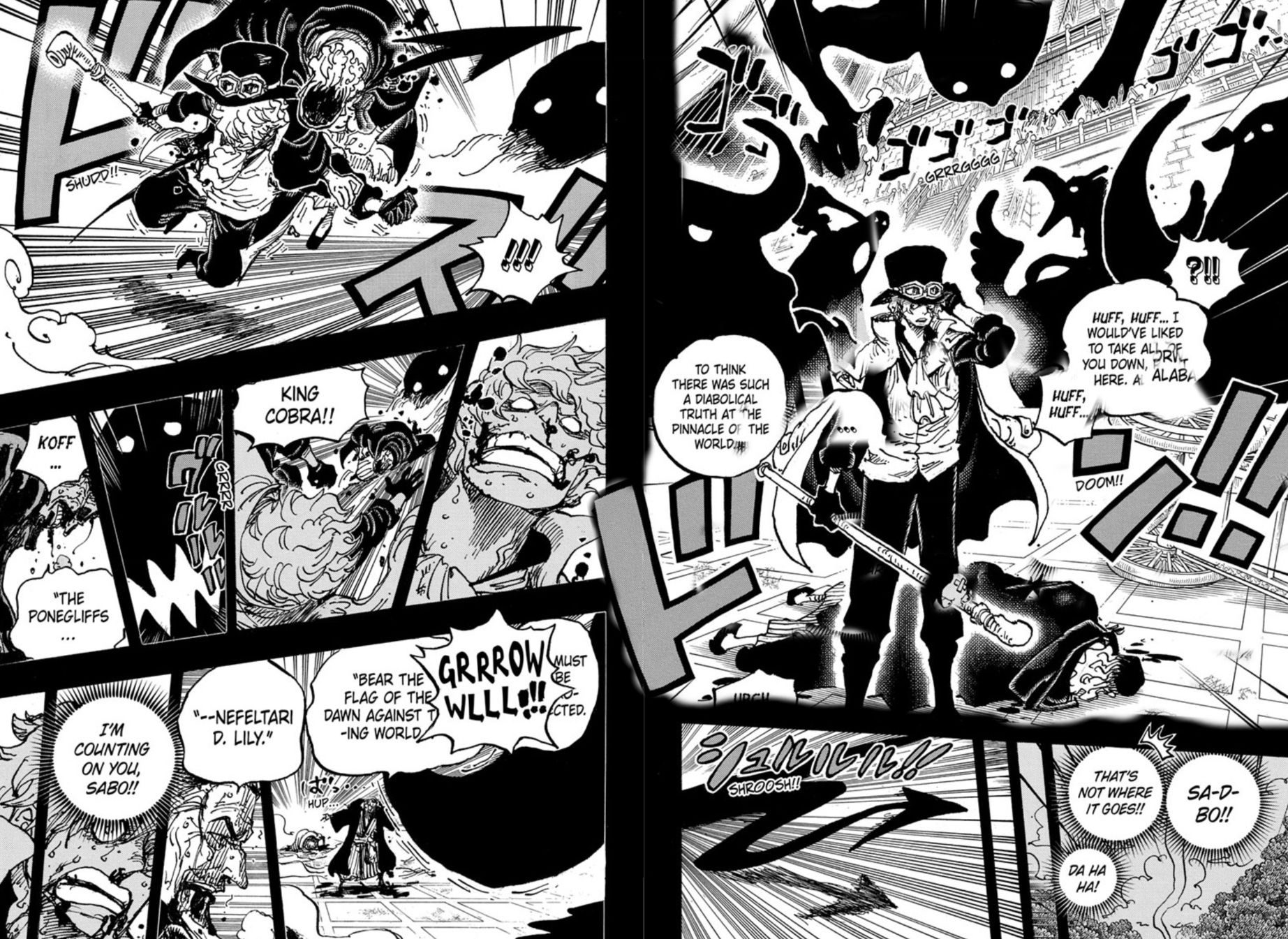One Piece anime vs manga: It’s a debate as old as time itself (or at least as old as the Grand Line!). Both versions offer epic adventures, but how do they stack up? This deep dive explores the key differences between the anime and manga adaptations, from pacing and character development to animation style and filler content.
Get ready to weigh in on which version reigns supreme!
We’ll break down the major plot points, comparing how the anime handles pacing and expands upon or alters the manga’s story. We’ll also delve into character portrayals, analyzing how their personalities and motivations are presented differently across both mediums. Plus, we’ll compare the visual styles, animation techniques, and world-building elements, looking at how each medium contributes to the overall One Piece experience.
Finally, we’ll tackle the thorny issue of filler episodes and their impact on the anime’s narrative.
One Piece: Anime vs. Manga – A Total Breakdown: One Piece Anime Vs Manga
Yo, what’s up, One Piece fans! Let’s dive deep into the epic battle between the anime and manga adaptations. We’ll break down the major differences, from pacing and character development to animation style and filler content. Get ready to geek out!
Story Differences and Pacing
The anime and manga tell the same story, but thevibe* is totally different. The manga’s pacing is faster, hitting major plot points with precision. The anime, on the other hand, stretches things out, adding filler and expanding on certain scenes. This can be both a blessing and a curse. Sometimes, the extra detail adds depth, but other times it feels like a drag.
| Arc Name | Manga Chapters | Anime Episodes | Percentage of Content Adapted |
|---|---|---|---|
| East Blue Saga | 100 | 100 | 100% |
| Alabasta Saga | 150 | 130 | 87% |
| Skypiea Saga | 100 | 150 | 67% |
| Water 7 Saga | 180 | 190 | 95% |
| Thriller Bark Saga | 100 | 50 | 50% |
For example, the Alabasta arc felt way more epic in the anime due to the added scenes showing Vivi’s struggles and the development of her relationship with Luffy’s crew. Conversely, the Thriller Bark arc was significantly condensed in the anime, losing some of the creepiness and detail from the manga.
Expand your understanding about boruto manga two blue vortex with the sources we offer.
Character Development and Portrayals, One piece anime vs manga
Luffy, Zoro, and Nami – three iconic characters with drastically different journeys in the anime and manga. In the manga, Nami’s transformation feels more abrupt, while the anime fleshes out her past and motivations, making her arc more emotionally resonant. Zoro’s stoicism is amplified in the anime through visual cues and subtle expressions, adding layers to his character. Luffy’s goofy nature remains consistent, but the anime often emphasizes his leadership qualities more explicitly.
- Luffy’s Gear Second debut: The manga showcases the raw power; the anime adds dramatic slow-motion and visual effects to emphasize the impact.
- Zoro’s battle against Mr. 1: The anime expands on Zoro’s determination and near-death experience, making the victory even more poignant.
- Nami’s betrayal and redemption: The anime devotes more time to Nami’s internal conflict, strengthening the emotional core of her arc.
- Sanji’s chivalry: The anime often highlights Sanji’s gentlemanly behavior, emphasizing his softer side.
- Usopp’s growth: The anime gives Usopp more opportunities to demonstrate his growth in confidence and bravery.
Supporting characters also receive varied attention. Characters like Chopper get significantly more screen time in the anime, while others are sometimes sidelined. This affects the overall dynamic of the Straw Hat crew, sometimes enriching the bonds, sometimes slightly altering their individual significance.
Visual Style and Animation
The manga’s art style is crisp and detailed, with expressive character designs and dynamic panel layouts. The anime’s art style, while generally faithful, varies across different arcs and studios. Early arcs had simpler animation, while later arcs boast stunning visuals and fluid fight choreography. The anime’s soundtrack and sound effects are key elements, enhancing the emotional impact of pivotal scenes.
The music swells during epic battles, and the sound effects bring the action to life. The manga, of course, relies solely on the visual storytelling within the panels.
| Arc Name | Animation Style | Notable Visual Elements | Overall Impression |
|---|---|---|---|
| Enies Lobby | Dynamic, fast-paced | Detailed backgrounds, fluid fight choreography | Visually stunning |
| Marineford War | Epic scale, intense | Massive battle scenes, character detail | Breathtaking, unforgettable |
| Dressrosa | Stylized, vibrant | Unique character designs, flamboyant fights | Visually engaging, creative |
World-Building and Lore
The manga provides a more concise and direct presentation of the One Piece world’s lore. The anime, however, expands on certain aspects through visual details and added scenes. For instance, the anime often showcases more of the everyday life within various islands, adding depth to the world’s atmosphere. However, some elements of the lore are simplified or altered in the anime adaptation to fit the pacing and narrative structure.
- Grand Line: The anime emphasizes the dangers and mysteries of the Grand Line through visual representations of unpredictable weather and strange sea creatures.
- Skypiea: The anime showcases the unique culture and architecture of Skypiea more extensively than the manga.
- Water 7: The anime visually depicts the city’s intricate canals and architecture, creating a more immersive experience.
- Thriller Bark: The anime, while condensed, effectively conveys the eerie atmosphere of Thriller Bark through visual cues and sound design.
- Marineford: The anime expands on the scale and intensity of the Marineford War through large-scale battle sequences.
Filler Content and Canon Material

The anime features a significant amount of filler content, ranging from short comedic interludes to entire arcs that are not present in the manga. While some filler episodes offer additional character development or explore side stories, others can feel irrelevant or even detract from the pacing of the main storyline. The anime’s pacing of the canonical story is slower than the manga’s, largely due to the inclusion of filler episodes.
New characters and plot points introduced in the filler often don’t impact the overall canon narrative significantly.
| Saga Name | Total Episodes | Filler Episode Count | Percentage of Filler |
|---|---|---|---|
| Alabasta Saga | 130 | 20 | 15% |
| Water 7 Saga | 190 | 40 | 21% |
| Summit War Saga | 100 | 10 | 10% |
Ultimately, the “better” version of One Piece – anime or manga – comes down to personal preference. The anime offers a visually stunning and action-packed experience, complete with a killer soundtrack, while the manga provides a more concise and detail-rich narrative. Whether you’re a seasoned Straw Hat or a newbie pirate, this comparison should give you a solid understanding of the unique strengths and weaknesses of each medium.
So grab your favorite Jolly Roger and choose your adventure!



